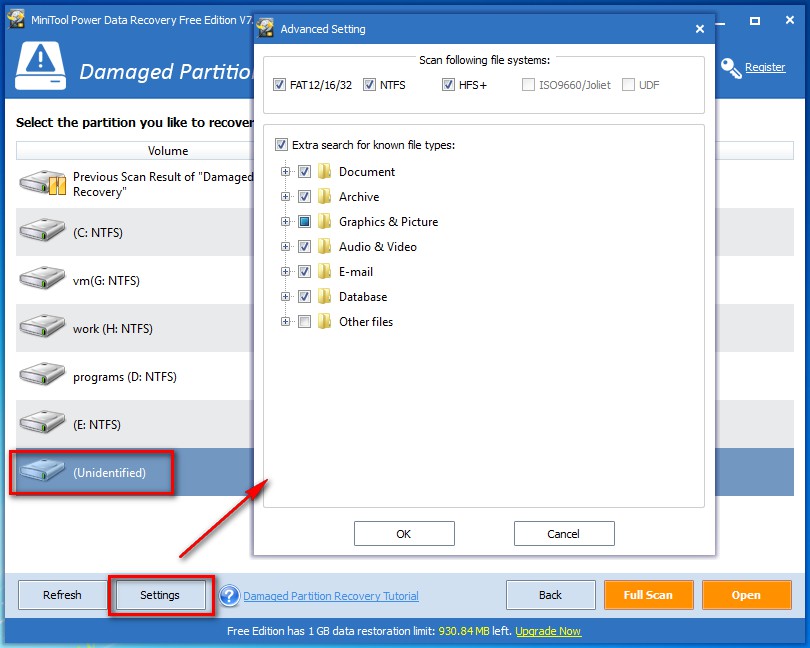Atom 0.65
Calculate the frequency of light associated with the transition from n = 2 to n = 3 in the hydrogen atom. 2 Determine the end (final) value of n in a hydrogen atom transition, if the electron starts in n = 4 and the atom emits a photon of light with a wavelength of 486 nm. Jun 02, 2014 I accept third party cookies used to show me personalized ads. I also accept that these cookies are used to share information about my use of this site with advertising providers who may combine it with other information that I have provided to them. Intel Atom is the brand name for a line of IA-32 and x86-64 instruction set ultra-low-voltage microprocessors by Intel Corporation.Atom is mainly used in netbooks, nettops, embedded applications ranging from health care to advanced robotics, and mobile Internet devices (MIDs). This is College Physics Answers with Shaun Dychko. We're going to calculate the angular velocity of an electron orbiting a proton. So the centripetal force is mv squared over r and the angular velocity is the tangental speed v divided by the radius.
1 Answer
Explanation:
The question wants you to determine the energy that the incoming photon must have in order to allow the electron that absorbs it to jump from
A good starting point here will be to calculate the energy of the photon emitted when the electron falls from
Here
#lamda# si the wavelength of the emittted photon#R# is the Rydberg constant, equal to#1.097 * 10^(7)# #'m'^(-1)#
Plug in your values to find
This means that you have

 May 31, 2014 Circus Ponies Notebook for Mac is a versatile system to help you organize and keep track of your notes for work and personal projects. You can keep different notebooks for separate projects,. Jun 05, 2009 Circus Ponies NoteBook 3.0 is a terrific notetaking program bursting with useful ways to organize your life.
May 31, 2014 Circus Ponies Notebook for Mac is a versatile system to help you organize and keep track of your notes for work and personal projects. You can keep different notebooks for separate projects,. Jun 05, 2009 Circus Ponies NoteBook 3.0 is a terrific notetaking program bursting with useful ways to organize your life.
So, you know that when an electron falls from

To find the energy of this photon, you can use the Planck - Einstein relation, which looks like this
Here
#E# is the energy of the photon#h# is Planck's constant, equal to#6.626 * 10^(-34)color(white)(.)'J s'# #c# is the speed of light in a vacuum, usually given as#3 * 10^8 color(white)(.)'m s'^(-1)#
As you can see, this equation shows you that the energy of the photon is inversely proportional to its wavelength, which, of course, implies that it is directly proportional to its frequency.
Plug in the wavelength of the photon in meters to find its energy
I'll leave the answer rounded to three sig figs.
So, you can say that in a hydrogen atom, an electron located on
Atom 0.65 2
Related questions
Impact of this question
Atom 0.65 Chart
Creative Commons License